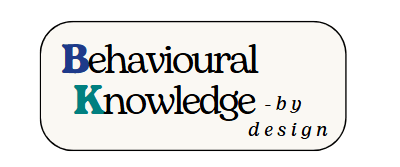Artificial Grass - The Green Illusion
A behavioural challenge for human wellbeing, planetary health and sustainability
Emerging trends indicate that ever more homeowners are choosing to install artificial grass in their gardens. Across the UK 10% of homeowners (2,462,100 homes) have already installed plastic artificial grass with a further 28% of homeowners inteding to in the near future (1).
The installation of artificial grass required the removal of natural soil and turf with sand and cement foundations to lay the plastic upon. This act disrupts essential ecosystem services as natural grass prevents soil erosion, reduces runoff, prevents floods, mitigates against local surface temperature absorbs noise, produces oxygen and stores carbon (2). Furthermore. artificial grass is made from petroleum-based plastics and sheds microplastics into the environment. Manufacturers rarely provide life cycle assessments (LCAs) or information on: carbon footprint of production, toxicity of materials (e.g., microplastics, PFAS), disposal challenges, A 2022 study by WRAP UK (Waste and Resources Action Programme) noted a lack of standardised labelling or environmental guidance on synthetic turf products. Councils and planning bodies sometimes approve artificial turf in public spaces without environmental scrutiny, due to lack of informed policy.
Msiconceptions exist surronding artificial grass which is promoted as “eco-friendly” because it is perceived to reduce the need for watering, fertilisers, and mowing. Research has highlighted that public awareness of issues such as loss of urban biodiversity, runoff pollution, soil sealing, heat retention is low (McMullan et al., 2021; Smith et al., 2023). A 2023 UK survey by the Royal Horticultural Society (RHS) found that many homeowners opt for artificial grass due to convenience, without full awareness of its impact on; soil health, biodiversity (e.g., invertebrates, pollinators) and urban microclimates (heat island effect). Meanwhile, social media and lifestyle platforms promote artificial grass as a “modern, green alternative,” reinforcing positive but incomplete mental models of the ecological reality and issues of sustainability.
Behavioural Science Lens
Installing artificial grass can be considered a maladaptive behaviour when viewed through the lens of environmental and behavioural science because it appears to solve a problem in the short term (e.g. garden maintenance, aesthetic pressure, lack of time) but creates longer-term environmental and social harms. It’s a textbook example of short-term coping that undermines long-term adaptation — for individuals, communities, and ecosystems.
✅Short-Term Motivation (Perceived Benefit) ❌Long-Term Impact (Maladaptive Outcome)
✅ “I don’t have time to mow or garden”
❌ It is not maintenance-free, it must be cleaned, replaced, and disposed of in landfill.
✅ “I want my garden to look neat”
❌ Reinforces unsustainable aesthetic norms. (e.g. "perfect lawn = good garden")
✅ “No mud, less mess for kids/pets”
❌ Increases urban heat, runoff, microplastic pollution.
✅ “Less water use”
❌ Ignores upstream carbon emissions, downstream waste, and soil degradation
✅ “encourages the kids to play more outside (off their consoles/social media)”
❌Ignores cumulative exposure to toxins and injuries.
Utilising behavioural science and taking a structured approach to understand the drivers and barriers to adopting artificial grass will inform optimal approaches for encouraging people, influencing organisations and driving policy change.

